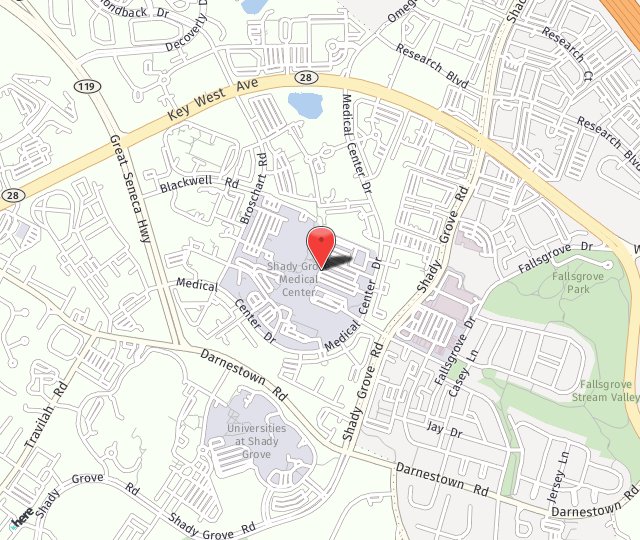A woman who has previously delivered a child by Cesarean section (C-section) may be able to deliver her next child vaginally. This process, known as vaginal birth after Cesarean section, or VBAC, had not been an option in the past. Once a woman delivered by C-section, all successive births were C-sections. Medical advancements and improvements in surgical methods have now made VBAC a safe and fairly common delivery procedure.
Benefits of VBAC
There are a number of reasons, including wanting to experience a vaginal delivery, for a patient to choose VBAC. Other advantages of VBAC over C-section may include:
- No abdominal surgery
- Shorter recovery period
- Fewer complications
- Less risk of infection
- Less blood loss
VBAC also benefits a woman planning to have several children. A woman who has undergone multiple C-sections may not be a good candidate for vaginal delivery because she has a greater chance of complications. However, a woman who has delivered only one child by C-section experiences fewer risks with each successive vaginal birth
Risks of VBAC
Vaginal birth after C-section carries a small risk of uterine rupture at the C-section incision, depending on where the incision was made. A woman who has had a previous C-section with a high vertical incision, which is made down the length of the uterus, may not be eligible for VBAC because this type of incision is more likely to rupture.
VBAC is considered safe for a woman who has had a C-section with a low transverse incision, which is made across the side of the uterus.The majority of C-section deliveries use this type of incision.
Considerations for VBAC
VBAC may not be the best method of delivery if the baby is particularly large or more than one baby is being carried. VBAC has a higher success rate if labor occurs naturally, before or on the due date. However, if the pregnancy goes past the due date, the success rate begins to drop. Other factors that should be considered before VBAC may include:
- Number of previous C-sections
- Prior uterine rupture
- Other pregnancy-related problems
A patient who opts for VBAC needs to remain flexible when it is time for labor and delivery. In most cases, the vaginal birth will proceed as planned, but there are situations that can arise during labor that might increase the risk of complications in a vaginal delivery for the patient or baby. If that occurs, the patient should be prepared to follow the advice of her medical team on how to proceed with delivery.


